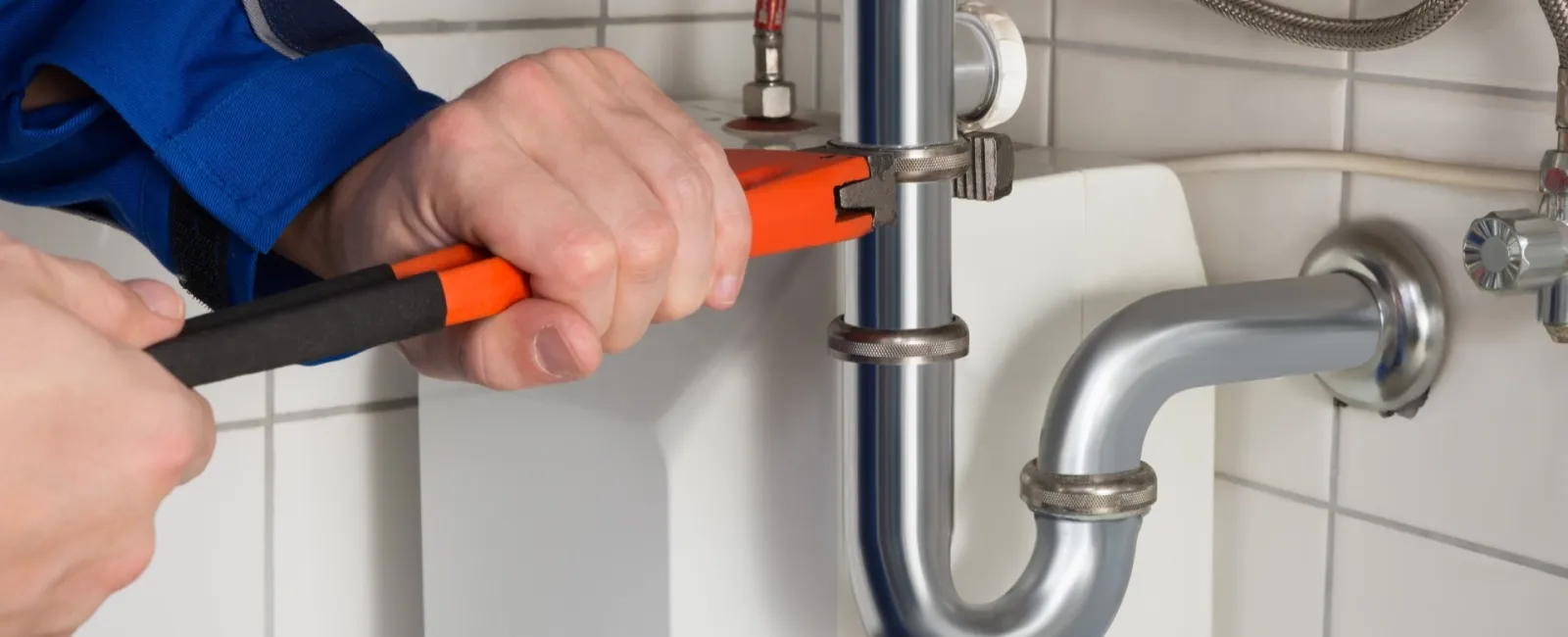A PRV or Pressure Reducing Valve, is a device that reduces and stabilizes the water pressure going into a home, business or other building to a level typically between 55 and 75 pounds per square inch (psi). As the water flows through the valve, it passes through a diaphragm that is connected to a spring and reduces the pressure to the desired level as the water moves through to the other side. Typically, the municipal water pressure serving a home or business is greater than 80 psi and can even reach as high as 150 psi.
Nobody Wants Low Water Pressure
At this point, you might be asking yourself: "Why would I want to reduce my water pressure? Nobody wants a low pressure shower…" Well there is no need to panic. The valve simply regulates the pressure coming in so it is safe for your home plumbing system. You can enjoy your showers even more knowing your plumbing system is safe.
If the water pressure going into a home or business is too high, it can put stress on pipes, causing them to break or damage the plumbing fittings leading to leaks. In addition, every appliance and fixture that is connected to the plumbing system is at risk of high pressure problems. Most fixtures are not meant to be paired with psi over 80.
The standard PRV has a life-span of roughly 10-15 years. After so many years, the valve can lose its ability to consistently and safely regulate the pressure of the incoming water supply. A bad PRV is often the cause of water-hammer or banging sounds coming from the plumbing system. If the pressure is to high, leading to stress on plumbing joints, it can cause small leaks, possible leading to mold or a large pipe burst.
The PRV and Your Water Heater
What does a PRV have to do with a water heater? Well, when water heats up, it expands. A water heater operating under normal operating conditions, is equipped to deal with this expansion via the expansion tank. However, if the water pressure is too high, there might be too much water in the tank. Once that water starts heating up and expanding, there is nowhere else for it to go, except out… This could mean a leak, or even worse, a burst in the water tank. A major tank malfunction could lead to thousands of dollars in water damage repairs, not to mention the cost of replacing the busted tank.
Conclusion
The bottom line? Just like the oil pressure going to your car's engine or the blood pressure going to your heart, you wouldn't want it to be too high. A Pressure Reducing Valve can save your home and your wallet from costly repairs.
July 2020 Special
Now that you know all about PRV's it's time to take advantage of our July 2020 Special!
Receive $200 off any of our Professional (8-year warranty) or Platinum (12-year warranty) model water heaters OR 50% off a new PRV when bundled with a new water heater.
Call now and mention "July 2020 Blog" to take advantage of this great deal!
